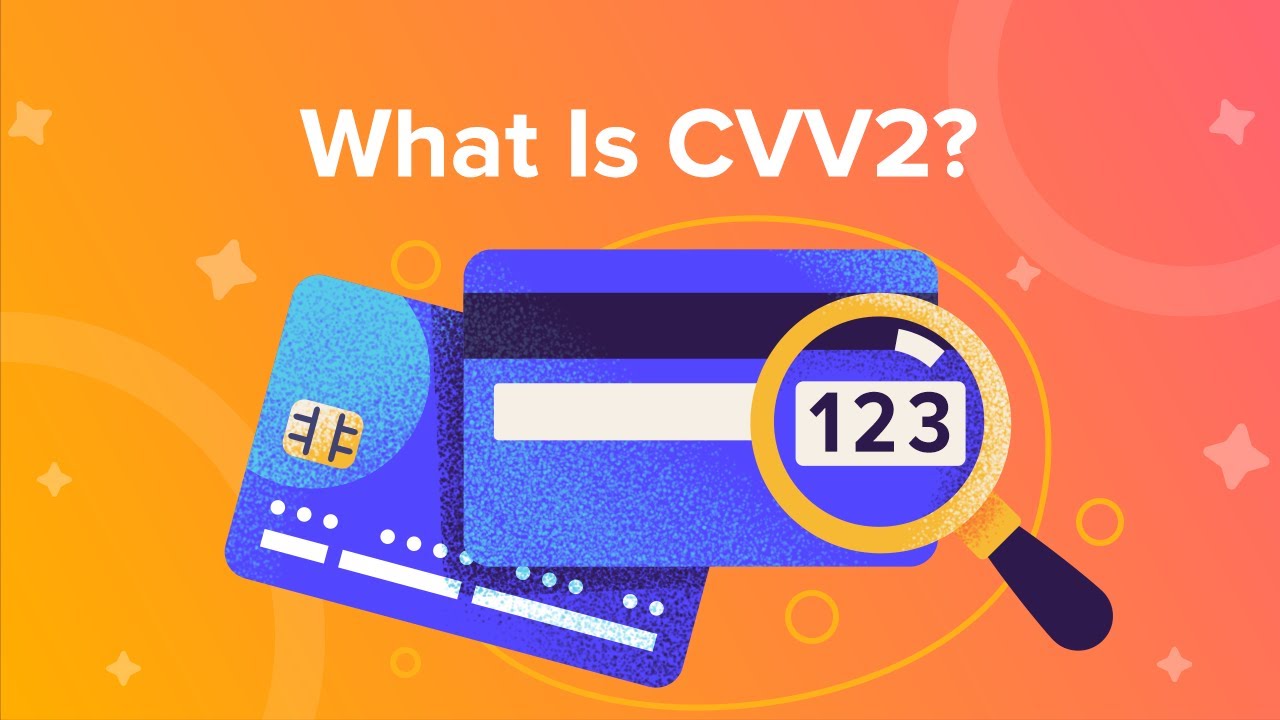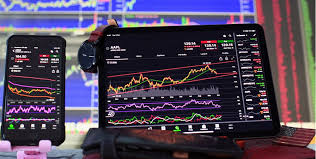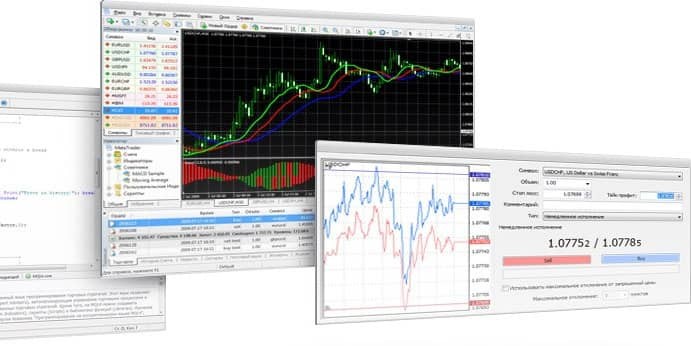Contracts for Difference (CFDs) have gained significant popularity in the financial markets as a versatile trading instrument. Here’s all you need to know about cfd trading:
What is CFD Trading?
CFD trading involves speculating on the price movements of various financial instruments, including stocks, indices, commodities, and currencies, without owning the underlying asset. Instead, traders enter into a contract with a broker to exchange the difference in the asset’s value from the time the contract is opened to when it is closed.
How Does CFD Trading Work?
When you trade CFDs, you don’t own the asset but speculate on whether its price will rise or fall. If you predict correctly, you earn a profit; if not, you incur a loss. CFDs are leveraged products, meaning you can gain exposure to a larger position with a smaller initial investment. However, leverage also magnifies both potential profits and losses, making risk management crucial.
Advantages of CFD Trading:
Leverage: CFDs allow traders to magnify their market exposure with a smaller upfront investment, potentially amplifying profits.
Diverse Asset Classes: CFDs enable trading across various asset classes, offering flexibility and opportunities in different market conditions.
Short-Selling: Unlike traditional investing, CFD trading allows traders to profit from falling prices by selling assets they don’t own, known as short-selling.
Access to Global Markets: With CFDs, traders can access international markets and trade assets from around the world, facilitating portfolio diversification.
Risks of CFD Trading:
Leverage Risks: While leverage can amplify profits, it also increases the potential for losses. Traders can lose more than their initial investment if the market moves against them.
Market Volatility: CFDs are susceptible to market volatility, which can lead to rapid price movements and increased risk.
Counterparty Risk: CFD trading involves a contractual agreement between the trader and the broker, exposing traders to counterparty risk if the broker defaults.
Overtrading: Due to the ease of access and leverage offered by CFDs, traders may be prone to overtrading, leading to impulsive decisions and increased losses.
In conclusion, CFD trading offers opportunities for profit in various financial markets but requires thorough understanding of the risks involved. Traders should develop a robust risk management strategy and conduct thorough research before engaging in CFD trading.



